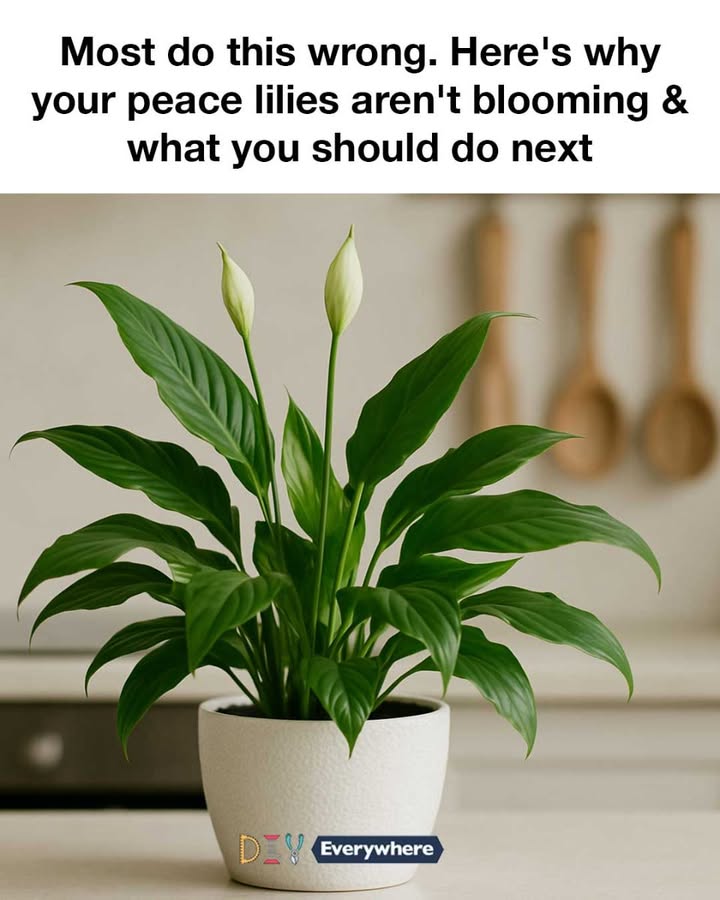5. The Role of Humidity in Blooming
Peace lilies thrive in high humidity environments, similar to their native tropical habitats. Low humidity can cause the leaves to brown at the edges and may inhibit blooming. To increase humidity, consider placing a humidifier near the plant or setting the pot on a tray filled with pebbles and water.
Misting the leaves regularly can also help maintain humidity levels. Aim for a humidity level of around 50-60% to keep your peace lily healthy and encourage blooming.
6. Soil and Potting: Getting It Right
The right soil mix is crucial for peace lilies. They prefer a well-draining, peat-based potting mix that retains moisture without becoming waterlogged. A mix of peat moss, perlite, and pine bark can provide the ideal balance of drainage and moisture retention.
Repotting your peace lily every 1-2 years can also promote blooming by providing fresh nutrients and more room for root growth. Choose a pot that is only slightly larger than the current one to prevent excessive soil moisture.
7. Fertilization: When and How to Feed Your Plant
Fertilizing your peace lily can encourage blooming by providing essential nutrients. Use a balanced, water-soluble fertilizer diluted to half strength every 6-8 weeks during the growing season (spring and summer).
Avoid over-fertilizing, as this can lead to salt buildup in the soil, which can harm the plant. In the fall and winter, reduce fertilization to once every 10-12 weeks, as the plant’s growth slows down.
8. Temperature: Keeping It Consistent
Peace lilies prefer a consistent temperature range between 65-85°F (18-29°C). Sudden temperature fluctuations or exposure to cold drafts can stress the plant and inhibit blooming.
Keep your peace lily away from windows or doors that may expose it to cold air, and avoid placing it near heating vents that can cause temperature spikes. Maintaining a stable environment will help your peace lily thrive and bloom.
9. Pruning and Maintenance for Optimal Growth
Regular pruning can encourage new growth and blooming in peace lilies. Remove any yellowing or dead leaves to allow the plant to focus its energy on healthy growth.
After a bloom has faded, cut the flower stalk back to the base of the plant. This not only improves the plant’s appearance but also encourages the production of new blooms.
10. Popular Viral Hacks: Do They Really Work?
There are many viral hacks for encouraging peace lily blooms, such as using banana peels or coffee grounds as fertilizer. While these methods can provide some nutrients, they are not a substitute for a balanced fertilizer and proper care.
It’s important to approach viral hacks with caution and rely on proven care techniques to ensure your peace lily’s health and blooming potential.
11. Troubleshooting: Identifying and Solving Blooming Problems
If your peace lily isn’t blooming, start by reviewing its care routine. Check for signs of overwatering, insufficient light, or low humidity. Adjusting these factors can often resolve blooming issues.
If problems persist, consider repotting the plant to refresh the soil and inspect the roots for signs of rot. Ensuring that all aspects of care are optimized will increase the likelihood of your peace lily blooming.
ADVERTISEMENT

